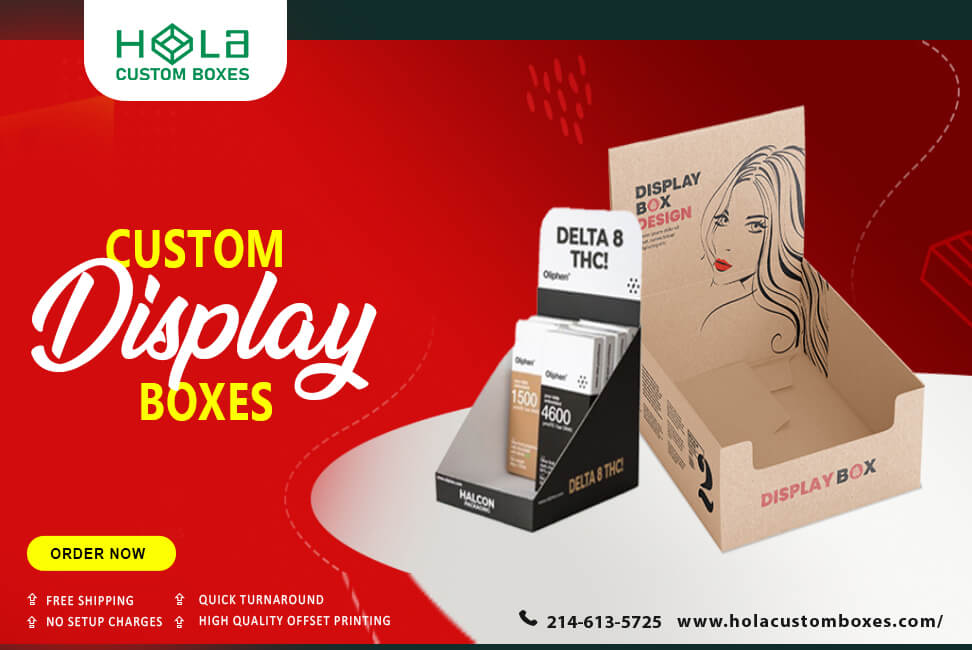Kickstart your brand’s success with key custom packaging rules used by top brands for efficient marketing – discover how consistency, color, and interactivity elevate consumer engagement!
Brand consistency, strategic color usage, and incorporating interactive elements stand out as three custom packaging rules favored by top brands for efficient marketing. Consistent branding builds recognition and trust, while strategic colors influence consumer behavior and reinforce brand identity.
Interactive elements engage consumers, deepen connections, and offer unique unboxing experiences. Mastering these rules empowers brands to create memorable packaging that sets them apart from competitors and drives consumer loyalty. Understanding these aspects is essential for brands aiming to leverage packaging as a powerful marketing tool. See how these practices elevate brand visibility and consumer engagement.
Main Points
- Consistent branding for strong identity and consumer trust.
- Strategic color choices to influence behavior and convey messaging.
- Interactive elements for engaging experiences and consumer insights.
- Efficient marketing for brand recognition and loyalty.
- Color psychology to enhance consumer perceptions and align with brand values.
Importance of Brand Consistency
Consistent branding is essential for establishing a strong and recognizable identity in the market. It is the cornerstone on which successful marketing strategies are built. When a brand maintains consistency across all its packaging, from colors and logos to messaging and design elements, it reinforces its image in the minds of consumers. This consistency helps build trust and loyalty, as customers learn to recognize and associate the brand with quality and reliability.
By ensuring that all packaging materials reflect the brand’s core values and visual identity, businesses can create a cohesive and memorable brand experience for consumers. Consistent branding also helps differentiate a brand from its competitors, making it easier for customers to identify and choose the products they trust. Whether it’s through the use of specific fonts, imagery, or taglines, maintaining a unified brand presence across all packaging materials is essential for long-term success in the market.
In essence, brand consistency in packaging serves as a powerful tool for building brand recognition, fostering customer loyalty, and ultimately driving sales growth.
Strategic Use of Colors On Custom Boxes
To further enhance brand recognition and consumer engagement, the strategic use of colors in packaging plays a pivotal role in attracting attention and conveying brand messaging effectively. Colors evoke emotions and perceptions, influencing consumer behavior at the point of purchase. For example, vibrant and bold colors like red and orange can create a sense of urgency and excitement, encouraging impulse buys.
In contrast, soothing colors like blue and green can convey a sense of trust and reliability, ideal for products focusing on health or sustainability.
Moreover, colors can differentiate products within the same brand line, aiding in easy identification and creating visual interest on store shelves. Consistent color schemes across various packaging materials help reinforce brand recognition and build brand equity over time.
Understanding color psychology and its impact on consumer preferences is essential for brands looking to stand out in a competitive market. By strategically selecting colors that align with brand values and target audience preferences, companies can effectively communicate their brand identity and enhance the overall consumer experience through packaging design.
Incorporating Interactive Elements Onto Custom Packaging Boxes
Incorporating interactive elements into packaging design enhances consumer engagement and fosters a memorable brand experience. By integrating elements such as QR codes, augmented reality features, or interactive games, brands can create a deeper connection with their audience. QR codes, for instance, can lead consumers to exclusive content, promotions, or product information, adding value to the overall unboxing experience.
Augmented reality features allow customers to virtually interact with the product before making a purchase, providing a unique and engaging way to explore its features. Interactive games included in packaging can also create a sense of fun and excitement, leaving a lasting impression on consumers.
These interactive elements not only make the packaging more engaging but also help in gathering valuable data and insights on consumer behavior. Brands can track how consumers interact with the packaging, what elements they engage with the most, and use this information to tailor future marketing strategies. Overall, incorporating interactive elements into packaging design is a powerful tool for brands looking to stand out, create memorable experiences, and build stronger connections with their target audience.




